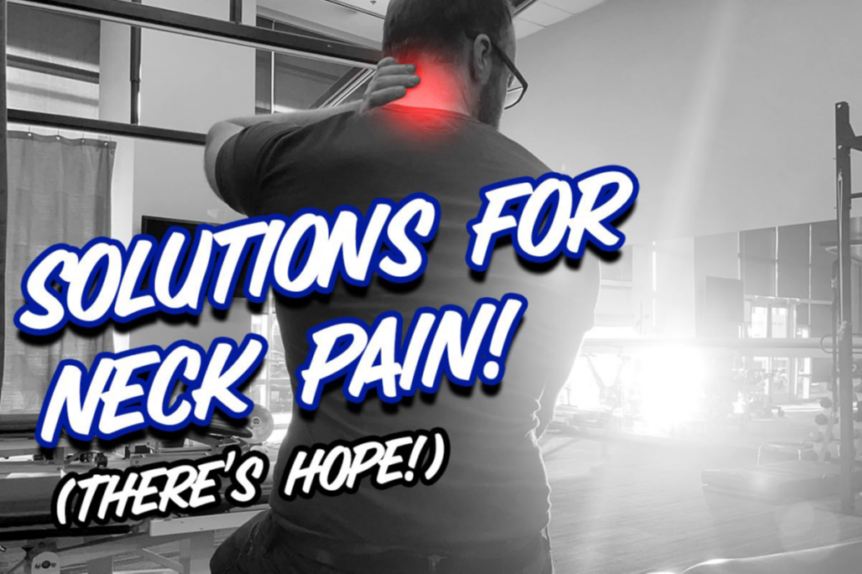Neck pain can be a miserable experience, and it’s something we wish our fellow Calgarians (and everyone else, too!) didn’t have to experience. Above all else, our job as a collaborative physiotherapy and sports medicine clinic is to help educate our patients about what is causing their pain and their treatment options.
This article will provide the essential details you’ll likely want to be aware of to understand your treatment options for dealing with your neck pain once and for all.
Treatment options for neck pain depend on the underlying cause and extent of your neck issue. Conservative treatments can include manual therapy, laser therapy, postural correction and strengthening exercises. Advanced options include various types of injections and nerve ablation therapy.
Here at Tower, we’re well-versed in treating neck pain, and we collaborate with other Calgary-based facilities and specialists when higher-level interventions are required. So, if you are keen to learn about the various treatment options for eliminating neck pain, keep on reading!
As we dive into the contents of this article, it’s important to understand that the road to recovery always begins with receiving a detailed examination and diagnosis of which tissue(s) and structure(s) are causing your pain. If you haven’t received an assessment or diagnosis for your neck pain, we advocate that you do so (with us or with any other qualified team whom you feel comfortable with).
Once it’s been determined what your specific neck issue is, an appropriate treatment plan and series of interventions can be selected and implemented.
Conservative treatment interventions
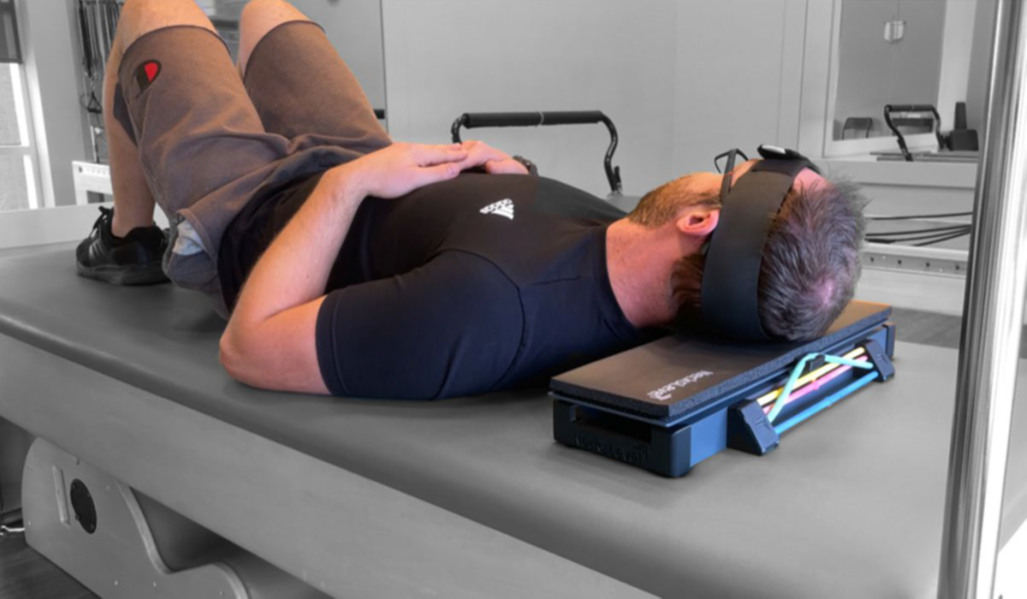
After determining the source of your neck pain and providing you with information on the general nature of your condition, conservative treatment interventions are usually given. Conservative interventions are almost always given as a first-line defense until it’s determined that a higher level of intervention is needed (discussed in the following section) (but even then, conservative treatments are still utilized).
Conservative treatment refers to treating the underlying cause of pain and dysfunction through means that do not require surgical or other invasive medical interventions.
Typical conservative interventions for neck pain that we often give to our fellow Calgarians include:
- Education about what will worsen or alleviate your neck symptoms
- A home exercise program involving stretches and strengthening exercises
- Manual therapy to help restore joint movement and reduce muscle tension
- Pain relief modalities such as class IV laser, IMS, and ultrasound
We ensure every conservative treatment intervention we provide our patients is specific to their needs — no cookie-cutter approaches here! We also make sure to follow exercise prescriptions that have been shown within the scientific literature to reduce pain and improve neck function.
Let’s look at these common conservative measures in a bit more detail!
General education about your neck condition
Education is always the first line of defense, no matter the extent or nature of your neck pain. Whether it’s a short-lived mild nuisance or terrible, chronic pain, patient education is essential to recovery.
The reason is simple: The better you understand the nature of your neck pain, the better your outcomes are likely to be.
As such, we work with our patients to help them understand why they have pain, what will likely help improve their condition and what will likely further irritate or prolong their issue.
Stretching & Strengthening exercises
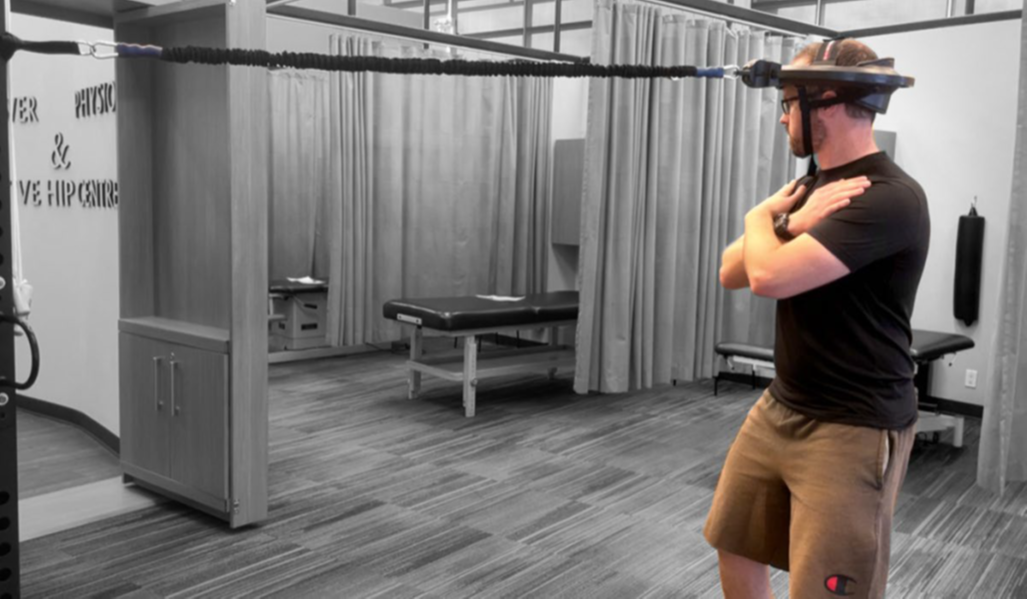
Neck pain has an uncanny way of reducing the amount of movement your neck can produce while simultaneously making its muscles both weak and tight (yes, a muscle can be weak and tight at the same time).
While there are plenty of manual therapy (hands-on) techniques we utilize while you’re at the clinic (more on that in a bit), we want to make sure that you have a home exercise routine that you can perform on your own so that you need as few clinical treatment sessions as possible.
In the clinic, we often utilize a few unique pieces of equipment that can help improve neck strength and mobility, such as the NecksLevel device and the Iron Neck Pro. We have had tremendous success in neck rehabilitation with these devices when they’re appropriate for an individual’s use. We often utilize these (and other) types of strengthening interventions in the clinic and then show you how to perform very similar exercises on your own in the comfort of your own home.
Neck strengthening is often grossly overlooked or even downright neglected in rehabilitation. For individuals with Whiplash Associated Disorder (WAD), Upper Crossed Syndrome, cervicogenic headaches, and other such neck issues, improving the strength and endurance of their neck can offer profound relief of pain and improvement in function.
While each patient’s condition is unique, most individuals begin to feel the positive effects of neck-strengthening exercises within three to six weeks.
Manual therapy interventions
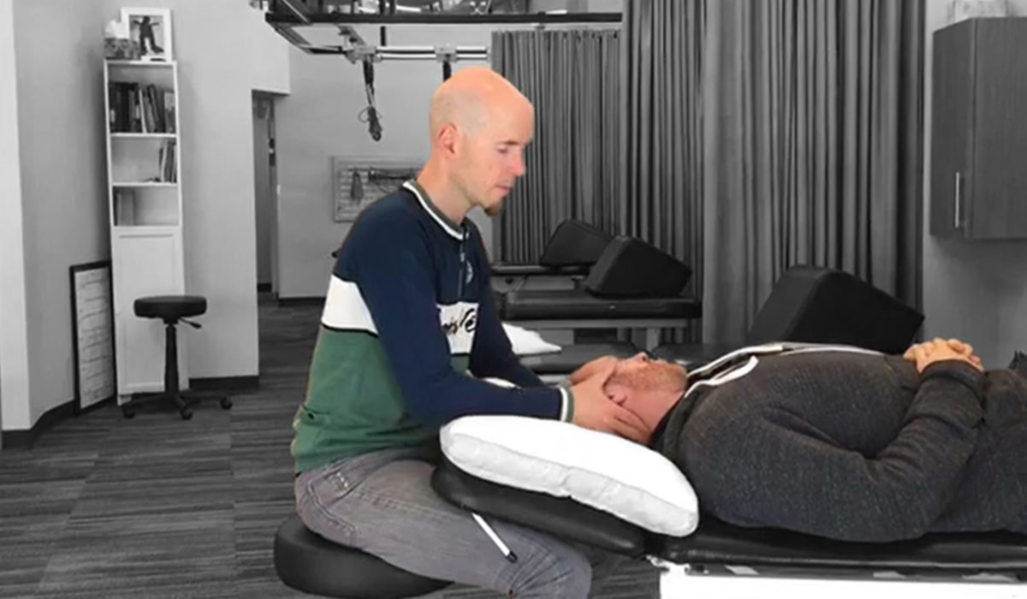
Manual therapy refers to hands-on techniques that therapists provide to help restore motion to joints and muscles. These techniques typically require a healthcare professional to have formal post-secondary training, as a detailed understanding of anatomy and physiology is required to understand when and how to specifically target and treat the offending tissues in the neck.
The effectiveness (and appropriateness) of manual therapy techniques greatly depends on the nature of the individual’s condition. Sometimes specific techniques should be avoided, while other times, they are used extensively.
Some of the more common manual techniques we use include:
- Joint mobilizations (of varying intensity or grades)
- Joint manipulation (a quick thrusting force through a stiff joint)
- Myofascial cupping and myofascial release techniques
Pain relief modalities
In addition to exercises and manual therapy interventions, we often utilize equipment that helps to reduce pain. There are numerous ways we can do this, however, we often use equipment that has been scientifically shown to decrease pain caused by inflammation, as well as modalities that help to desensitize the brain’s perception of pain.
Common pain relief modalities we use for neck pain here at Tower include:
- Class IV laser therapy
- Therapeutic ultrasound
- IMS (intramuscular stimulation)
- Kinesiology taping (works like a charm for “distracting” the brain from interpreting pain signals)
Interventional radiology treatments
When extra steps need to be taken to help address the underlying cause of neck pain and neck dysfunction, we offer a collaborative approach with other healthcare professionals for interventional radiology treatments.
Interventional radiology is a medical specialty that utilizes medical imaging guidance for minimally invasive procedures. These procedures can be performed either to diagnose the cause of an individual’s pain or dysfunction, or to provide therapeutic treatment.
Any form of interventional radiology requires a requisition form to be completed by a licensed medical doctor.
Tower tip: Here at Tower Physiotherapy, we have our in-house sports medicine Dr. — Dr. Daphne Anderson. She can further evaluate your condition and complete any requisition forms required for proceeding with any interventional radiology or imaging-based needs.
Numerous facilities around Calgary provide these interventional services, some of which include:
The most common forms of interventional radiology for neck pain here in Calgary include the following:
- Cortisone injections
- Median branch blocks (MBB)
- Radiofrequency ablation (RFN)
- Platelet-rich plasma injections (PRP)
Cortisone injections, median branch blocks, and radiofrequency ablation are all covered by Alberta Health Services (AHS). Platelet-rich plasma injections, however, are not.
Let’s look at some of the more common interventional radiology approaches for diagnosing and treating neck pain.
Cortisone injections
Cortisone injections are the most common form of interventional radiology for high-level or chronic forms of neck pain. When used for treating neck pain, cortisone is often injected into one of the neck joints (known as a facet joint). The procedure is therefore known as a facet joint injection. Cortisone injections are covered through Alberta Health Services (AHS).
Cortisone is a powerful anti-inflammatory drug that primarily works to eliminate high levels of inflammation within an injured body part. It’s important to realize that a cortisone injection likely won’t address (i.e. fix) the underlying cause of your pain (depending on the exact issue). However, a cortisone injection is often extremely beneficial to temporarily alleviate pain while simultaneously creating a window of opportunity for additional treatment interventions to take place that would otherwise be too painful to perform.
To be clear, sometimes, individuals have permanent pain relief from a single cortisone injection without any additional interventions. Still, in our experience, they are most effective when combined with additional treatments, such as conservative therapy.
Median branch blocks (MBB)
Each joint of the neck (and spine) is innervated by a unique little nerve known as the median nerve, which branches off a nerve root from the spinal cord. The primary responsibilities of this median nerve are:
- Provide sensation information from the facet joint to the brain (including pain).
- Help with contraction of the multifidus muscle (a deep muscle of the neck and spine).
A median branch block is a diagnostic intervention involving injecting a local anesthetic into the suspected offending (painful) joint within the neck, which will temporarily numb the area from any sensation and pain. It serves as a way to confirm that the individual’s pain is arising from the particular facet joint and its respective median nerve; if the neck pain temporarily disappears when the area is injected with a numbing agent, it serves as a confirmation as to the pain-generating source.
With the neck, median branch blocks are often used to confirm the pain source and location before proceeding with a cortisone injection or radiofrequency ablation (discussed below).
Radiofrequency ablation (RFN)
When pain in the neck arises from chronically irritated and unhealthy joints, and it has not responded to conservative treatment or other treatment interventions, a procedure known as radiofrequency ablation may be performed.
This is a minimally invasive procedure in which the median nerve is cauterized (essentially burned) to eliminate the nerve’s ability to transmit pain signals to the brain.
While RFN procedures in the neck can be extremely beneficial, some individuals require the procedure on an annual basis, as the nerve will grow back and repair itself within this general timeframe.
Platelet-rich plasma injection (PRP)
A new, exciting (and very promising) treatment procedure for neck pain (particularly neck pain arising from unhealthy facet joints) is an injection procedure known as platelet-rich plasma injection, or PRP for short.
This type of procedure involves drawing the patient’s own blood and then placing it in a centrifuge, which separates the platelets (a particular type of cell within the blood that promotes healing) from the rest of the blood’s contents).
The physician is then able to collect this extra-concentrated source of platelets and re-inject them into the unhealthy area that requires healing. Think of it as bringing in busloads of extra crew members and construction workers onto a job site for a repair job; the more workers on site, the faster the job can be completed.
Since PRP is a regenerative procedure (i.e., it works entirely differently than a cortisone injection), it can often make patients sorer than they otherwise usually are for up to a couple of weeks, which is not an enjoyable process. However, the scientific evidence for PRP is quite favorable for treating and healing certain types of chronic neck pain.1–3
Unfortunately, PRP is not covered by Alberta Health Services. It often requires more than one injection session, with each injection session costing around one thousand dollars. As such, it’s typically not the first interventional treatment that physicians or physiotherapists will recommend. Still, it can be an extraordinarily helpful procedure for many individuals who are appropriate candidates. We have many patients who can attest to this.
Concluding remarks
If you have any questions about the treatment techniques or interventions described in this blog post, we would be happy to assist you with any questions you may have. We know being in pain can be a miserable experience.
Calgary is filled with many great neck specialists and facilities for treatment. Here at Tower, we recognize the importance of collaborating with medical specialists as needed to help our patients experience the best outcomes possible.
References:
- PRP PRP. Autologous platelet rich plasma for neck and lower back pain secondary to spinal disc herniation: midterm results. Arch Med. 2017;3(2):10.
- Fang J, Wang X, Jiang W, et al. Platelet-rich plasma therapy in the treatment of diseases associated with orthopedic injuries. Tissue Eng Part B Rev. 2020;26(6):571-585.
- Redler LH, Thompson SA, Hsu SH, Ahmad CS, Levine WN. Platelet-rich plasma therapy: a systematic literature review and evidence for clinical use. Phys Sportsmed. 2011;39(1):42-51.
